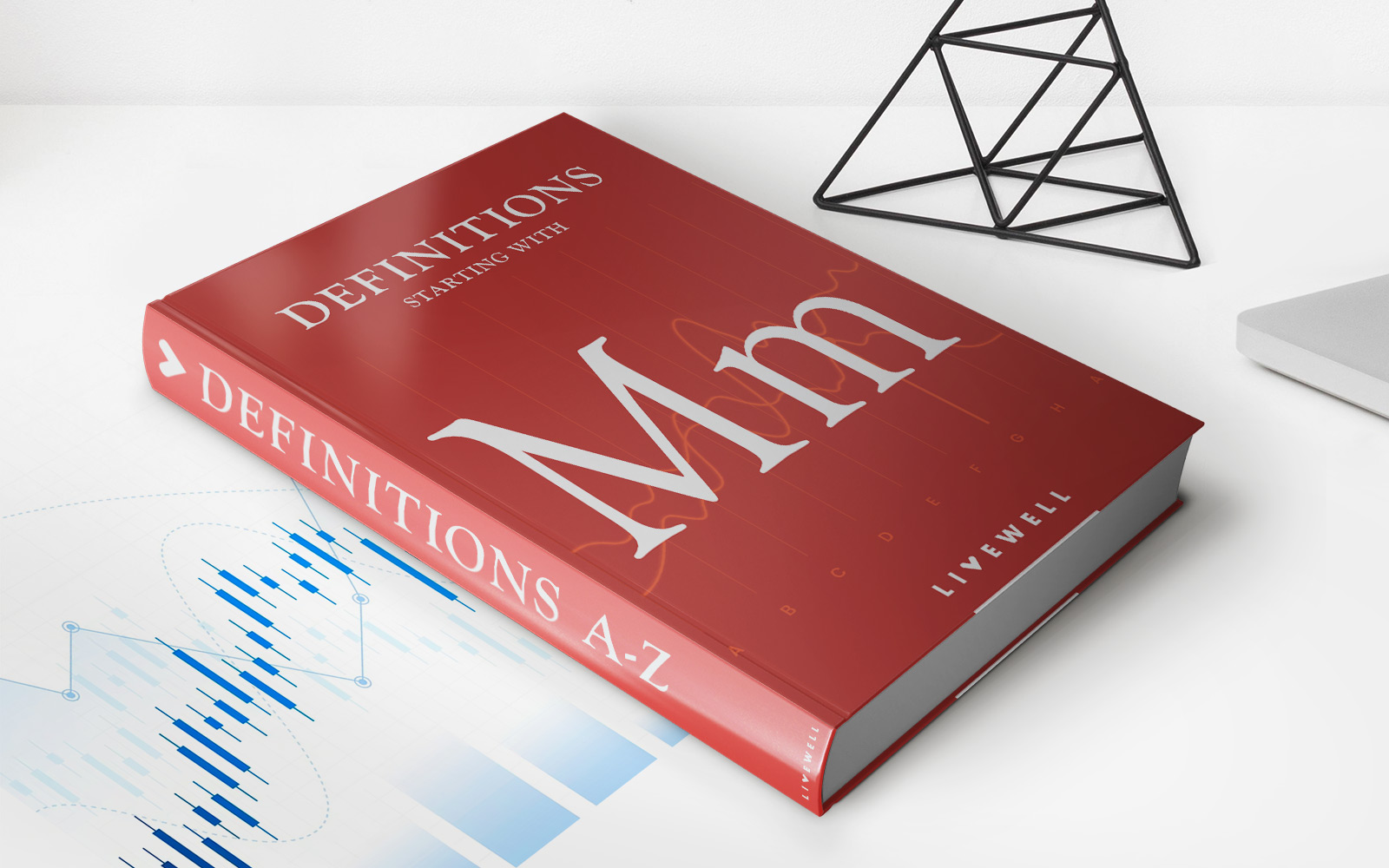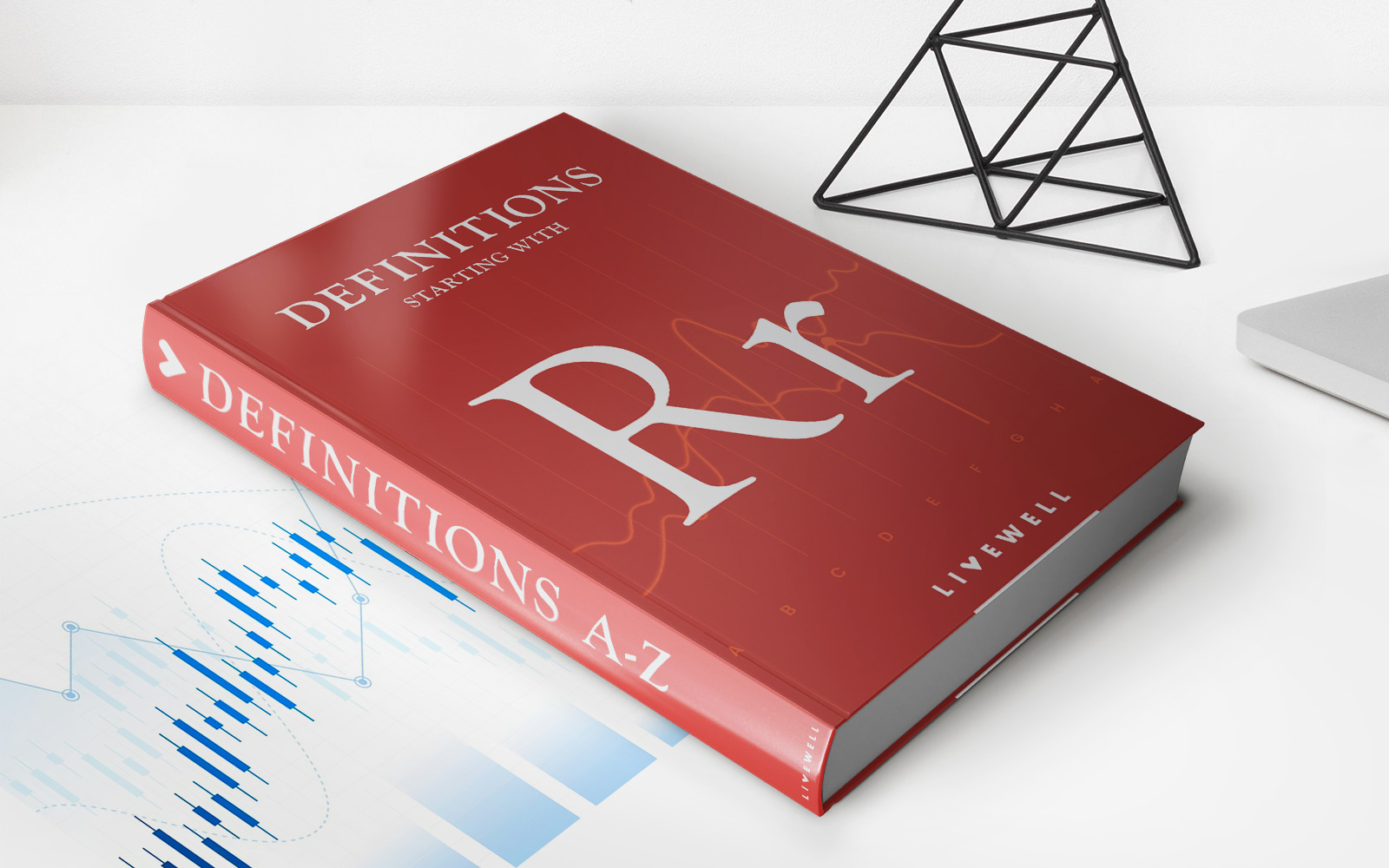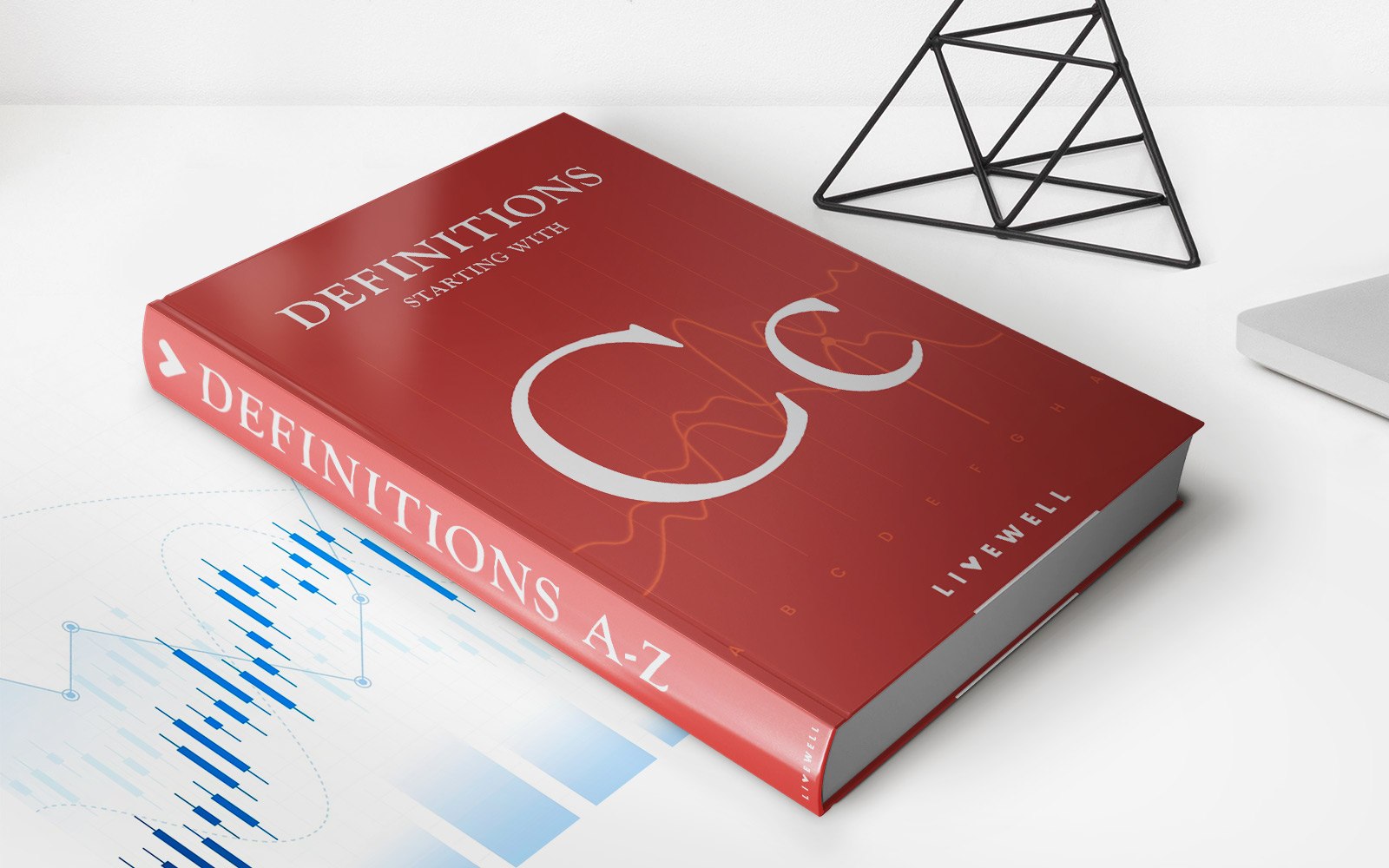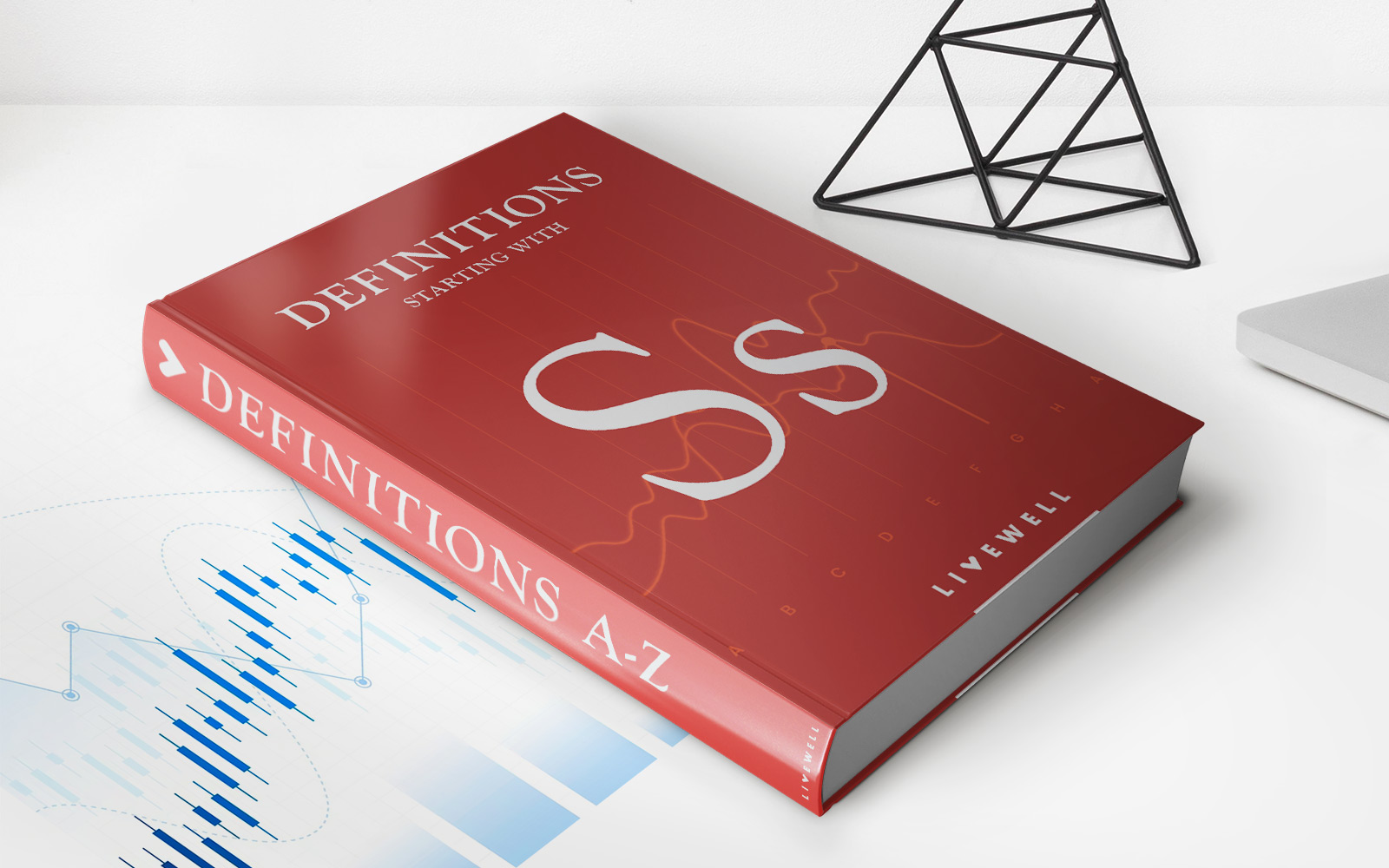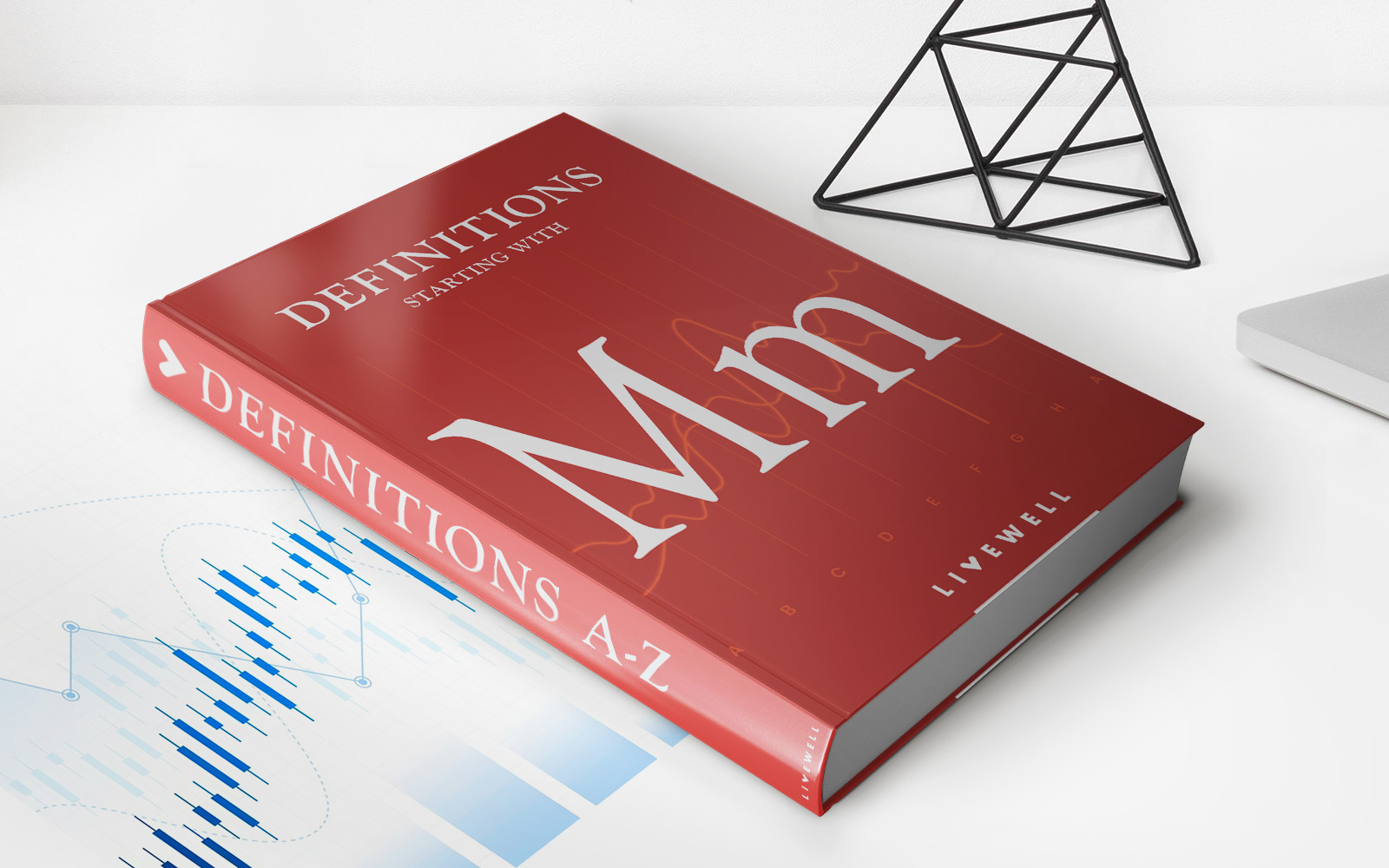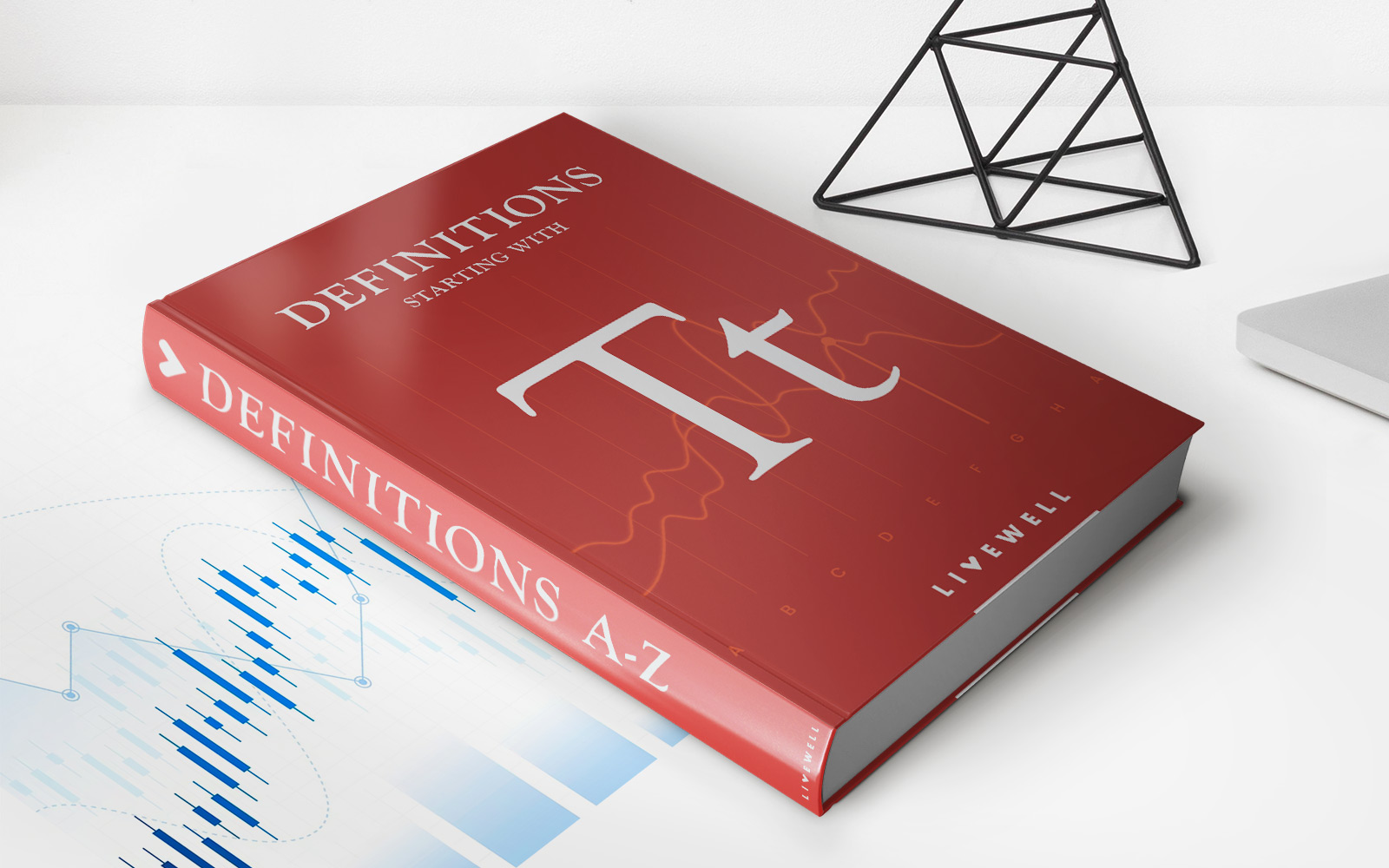Home>Finance>Market Order: Definition, Example, Vs. Limit Order
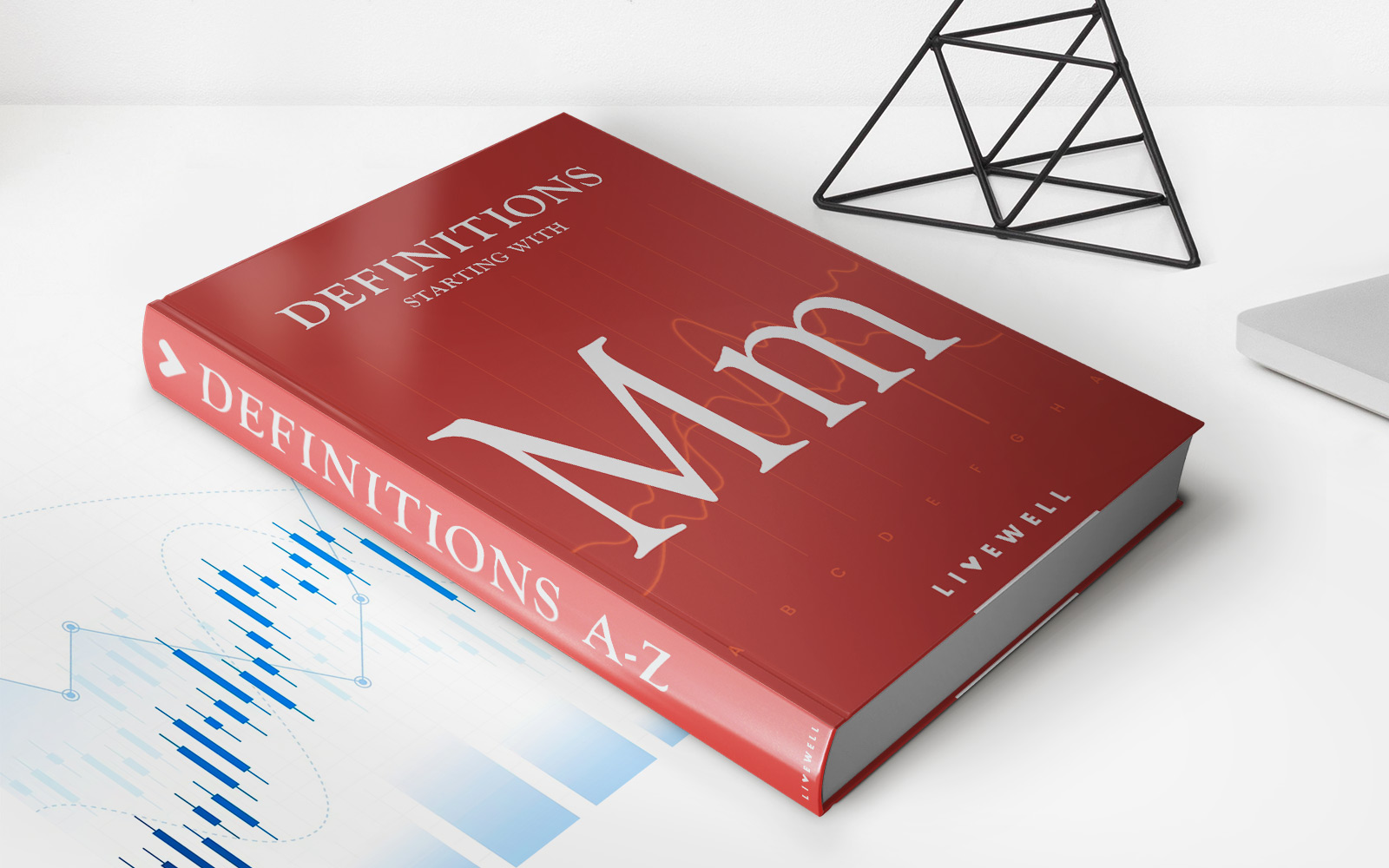

Finance
Market Order: Definition, Example, Vs. Limit Order
Published: December 22, 2023
Learn the definition of market order and limit order, and understand their differences in the field of finance. Explore examples to grasp their applications.
(Many of the links in this article redirect to a specific reviewed product. Your purchase of these products through affiliate links helps to generate commission for LiveWell, at no extra cost. Learn more)
Understanding Market Orders: Making Sense of the Stock Market
Finance can be a complex and intimidating world. From deciphering stock market trends to understanding different trading strategies, it can often feel like you need a degree in finance just to navigate your way through it all. That’s why we’re here to break it down for you. Today, we’re diving into the world of market orders, their definition, examples, and how they differ from limit orders.
Key Takeaways:
- Market orders are instructions for a broker to execute a trade at the current market price.
- Market orders prioritize execution speed and may have potential slippage in volatile markets.
When it comes to buying or selling stocks, a market order is one of the most commonly used tools in the trader’s arsenal. So, what exactly is a market order? Simply put, it is an instruction given to a broker to buy or sell a specific security at the best available price in the current market.
Let’s take a closer look at how a market order works with an example. Imagine you’ve been following a particular stock for some time, and you’ve decided it’s finally the right time to buy. You place a market order and your broker executes the trade immediately at the current market price, ensuring you don’t miss out on the opportunity. Similarly, if you decide to sell, a market order will ensure your shares are sold promptly at the prevailing market price.
Market Order vs. Limit Order: What’s the Difference?
Market orders are often contrasted with limit orders. While market orders prioritize execution speed, limit orders allow traders to set a specific price at which they are willing to buy or sell. Here’s a concise breakdown of their differences:
- Market Orders:
- Ensure speedy execution at the current market price.
- May experience slippage in volatile markets.
- Offer certainty of execution but not price.
- Limit Orders:
- Allow traders to set a specific price at which they are willing to buy or sell.
- Do not guarantee execution if the set price is not reached.
- Offer certainty of price but not immediate execution.
Keep in mind that market orders are well-suited for highly liquid stocks with tight bid-ask spreads, as the chances for slippage are minimal. However, in less liquid markets or during times of extreme volatility, the price at which your market order is executed may differ significantly from the expected price. This is known as slippage, and it’s important to consider when deciding between a market order and a limit order.
In conclusion, understanding market orders is crucial for anyone venturing into the world of finance and the stock market. It is essential to grasp the difference between market orders and limit orders to make informed decisions about buying and selling securities. So, whether you’re a seasoned investor or just starting out, remember that market orders prioritize speed of execution, while limit orders give you more control over the price at which your trade is executed. Happy trading!

